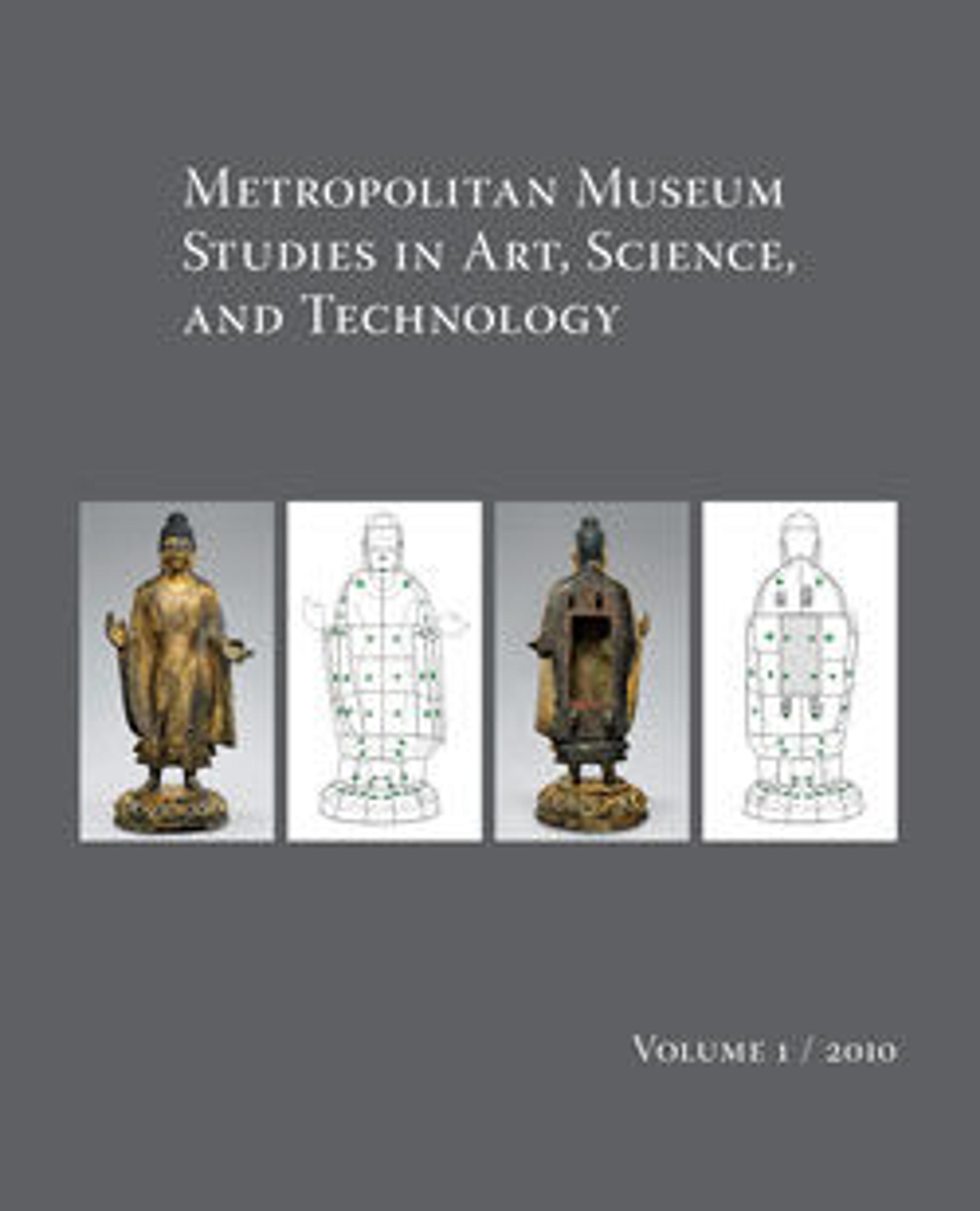Coffin of Harmose
Finely crafted of pinewood and painted in brilliant colors, the anthropoid coffin of the singer Hormose was discovered in the limestone chip dumped on the slope below Senenmut's tomb chapel (TT 71). The face is overlaid with gold foil and the eyes are carved of alabaster and obsidian set into ebony sockets. Next to the coffin lay Hormose's lute, now in Cairo, and two forked wooden staves, one of which is tipped with a bronze ferrule (36.3.167, .268).
Artwork Details
- Title: Coffin of Harmose
- Period: New Kingdom
- Dynasty: Dynasty 18
- Reign: Joint reign of Hatshepsut and Thutmose III
- Date: ca. 1479–1458 B.C.
- Geography: From Egypt, Upper Egypt, Thebes, Sheikh Abd el-Qurna, Tomb of Senenmut (TT 71), below, burial of Singer Harmose, MMA excavations, 1935–36
- Medium: Wood, gesso, paint, gold
- Dimensions: H. 212.5 cm (83 11/16 in.); W. 55 cm (21 5/8 in.); D. 60 cm (23 5/8 in.); Th. of boards 4 cm (1 9/16 in.)
- Credit Line: Rogers Fund, 1936
- Object Number: 36.3.172a, b
- Curatorial Department: Egyptian Art
More Artwork
Research Resources
The Met provides unparalleled resources for research and welcomes an international community of students and scholars. The Met's Open Access API is where creators and researchers can connect to the The Met collection. Open Access data and public domain images are available for unrestricted commercial and noncommercial use without permission or fee.
To request images under copyright and other restrictions, please use this Image Request form.
Feedback
We continue to research and examine historical and cultural context for objects in The Met collection. If you have comments or questions about this object record, please contact us using the form below. The Museum looks forward to receiving your comments.
